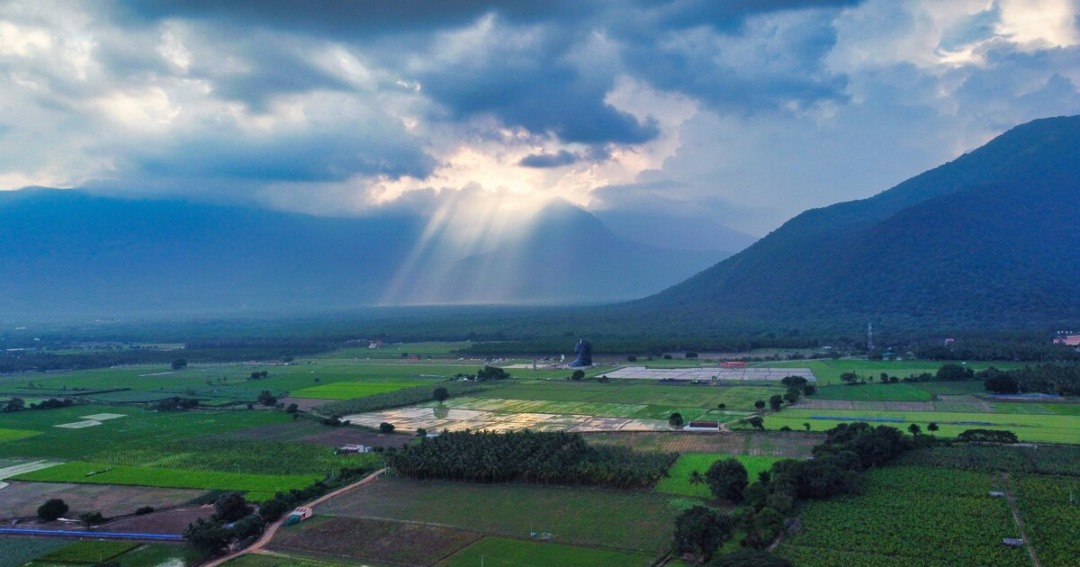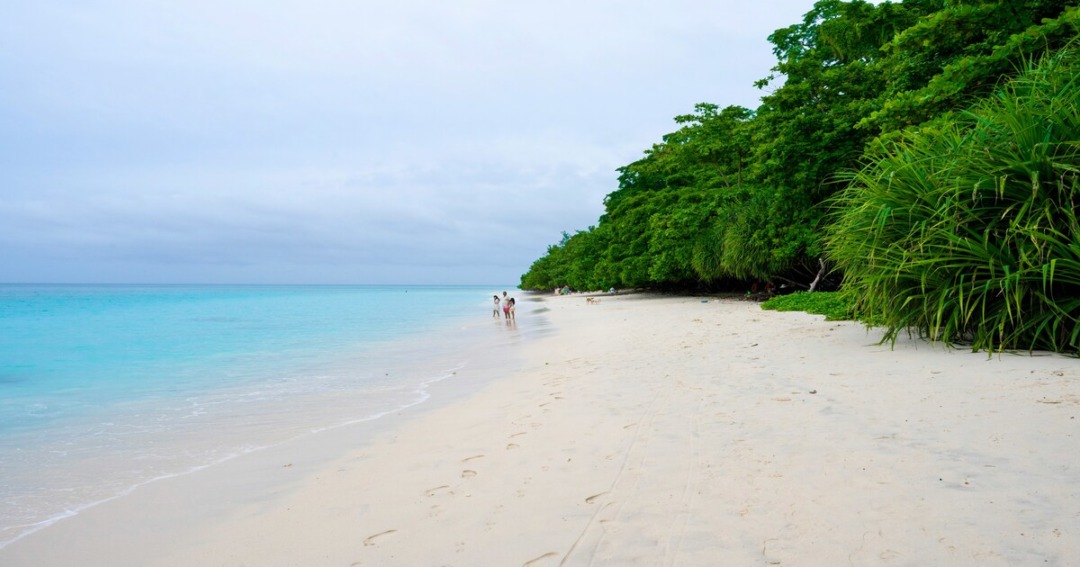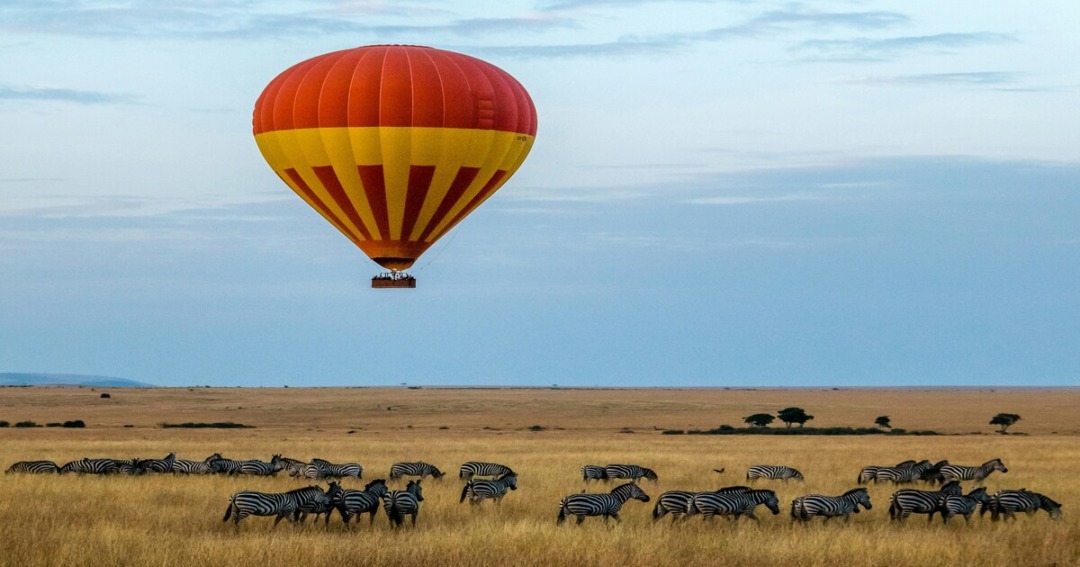
![]()
Embarking on a Maasai Mara trip from India isn’t just a journey; it’s a rite of passage into the heart of Africa’s most spectacular wildlife theater. As planes whisk you from India’s cities to Nairobi, you’re not merely traversing continents, you’re traversing a landscape sculpted by millennia, where dramatic predator-prey dramas unfold beneath endless skies.
For travellers, this adventure promises the intensity of face-to-face encounters with the Big Five lion, leopard, elephant, rhinoceros, and buffalo), the emotional crescendo of the Great Migration, and the gentle hum of Maasai songs under starlit skies. For geography aficionados, the sprawling plains of the Mara serve as a living library: an ecosystem textbook where tectonic forces of the Great Rift Valley, river hydrology, and ancient grasslands converge in harmony.
Visiting the Maasai Mara is to step into a world where wildlife narratives write themselves across golden savannahs. Here, the lion, leopard, elephant, buffalo, and black rhino—collectively the Big Five—roam in an intricate web of life. The skies host over 500 bird species, including majestic raptors, iconic lilac-breasted rollers, infertile ostriches, and threatened vultures. A safari in the Mara gives you a front-row seat to both raw nature and refined cultural heritage, especially through the eyes of the semi-nomadic Maasai people, whose stories are as woven into this land as the grasses themselves.
BEST TIME TO VISIT MASAI MARA- THE GREAT MIGRATION
Dry Season (June–October):
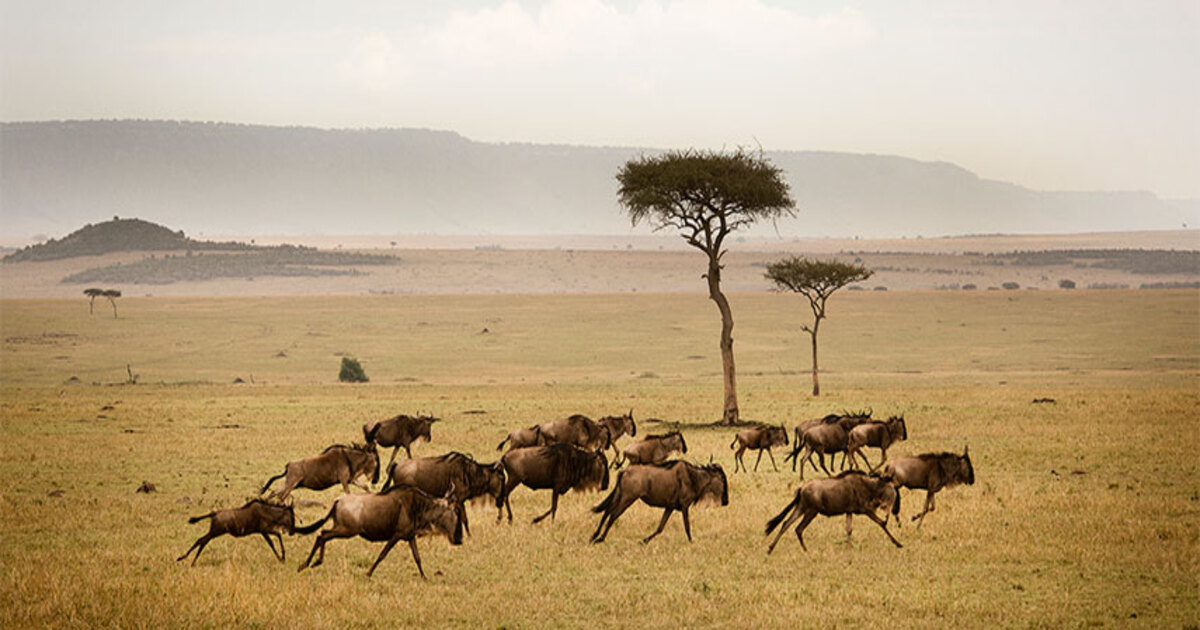
The best time to visit the Masai Mara is during the prime safari season, with clear skies, short grass, and wildlife gathering around scarce water sources. This is also when the Great Migration Masai Mara happens—over 1.5 million wildebeest, zebras, and gazelles crossing from the Serengeti. For the most dramatic Mara River crossings, aim for late July to September, with early July and October offering fewer crowds. It can be the best time to visit Masai Mara for migration viewing purposes.
Wet Season (March–May, Nov–Dec):
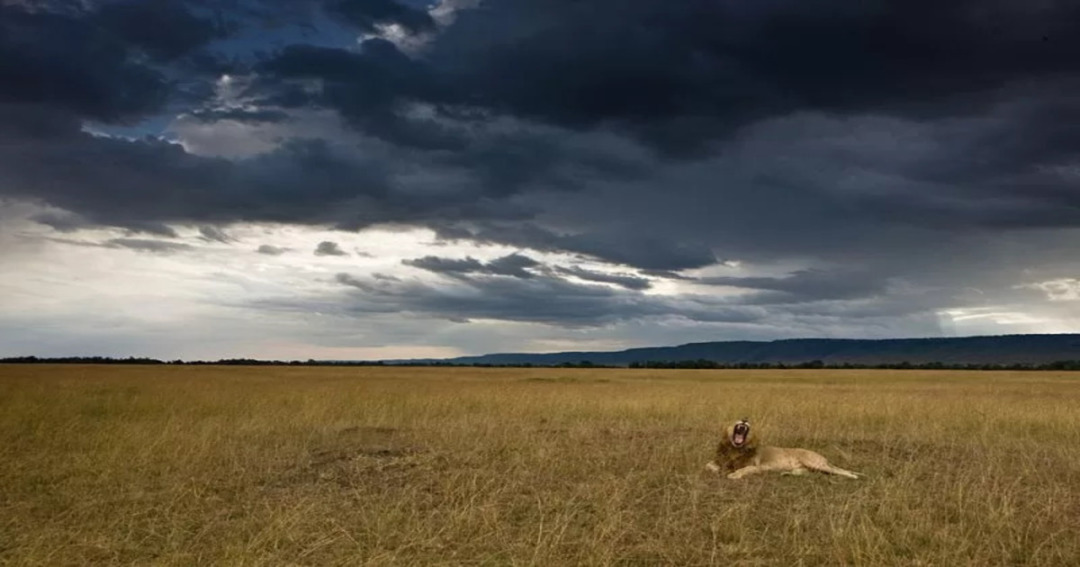
Lush green landscapes, blooming flowers, and rich birdlife make this a photographer’s dream. The rains can make roads muddy, but you’ll enjoy fewer tourists and lower rates.
Shoulder Season (Jan–March):
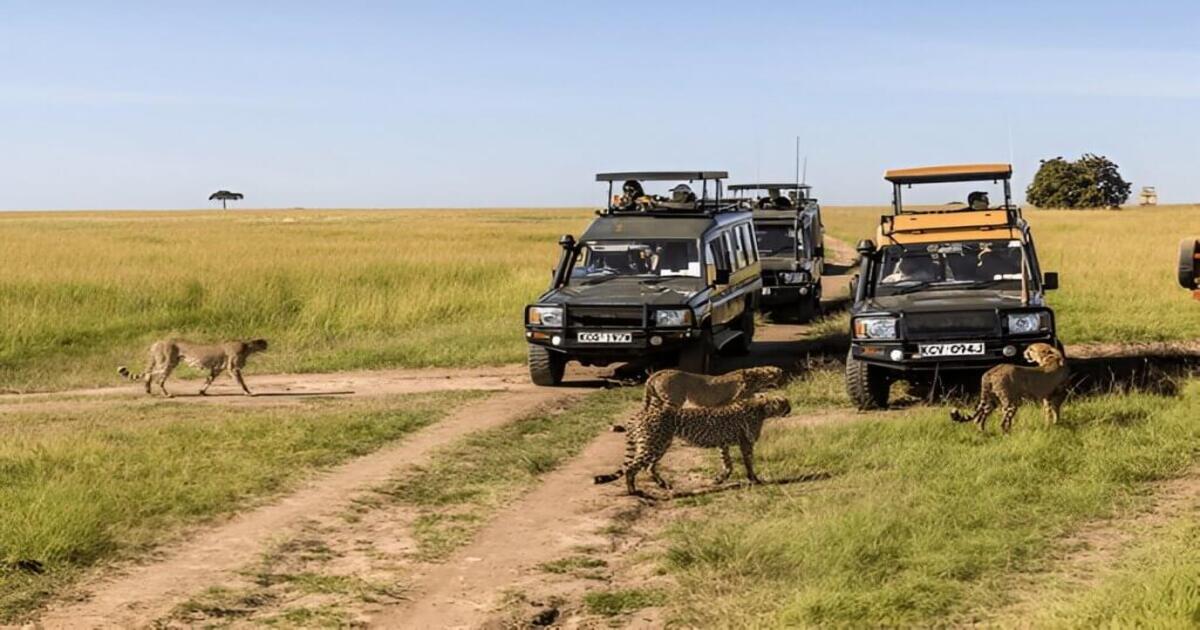
Pleasant weather, newborn wildlife, and predator activity- the ‘Lion Season’ kicks off- define this quieter window between rains, making it ideal for balanced game viewing.
Pro Tip for Your Trip: The best time to visit Masai Mara and Serengeti in one trip would be July to September- herds are in the northern Serengeti and Masai Mara, and you can catch river crossings in both locations.
WHY YOU SHOULD VISIT MASAI MARA DURING THE GREAT MIGRATION?
The wildebeest migration is nature’s ultimate survival road trip. Each year, over two million wildebeest, zebras, and gazelles follow the rains in search of fresh grass and water. This journey also aligns with the calving season, giving newborns the best chance to thrive. By moving in a giant loop, they avoid overgrazing and keep the cycle of life going, covering more than 1,800 miles across the Serengeti and Masai Mara.
This mass movement, driven by seasonal rains and new grass growth, pushes herds between Tanzania’s Serengeti and Kenya’s Maasai Mara, culminating in the breathtaking river crossings across the Mara River each July to October.
The ripple effect of this migration influences predator behavior, vegetation cycles, and even the livelihoods of local communities.
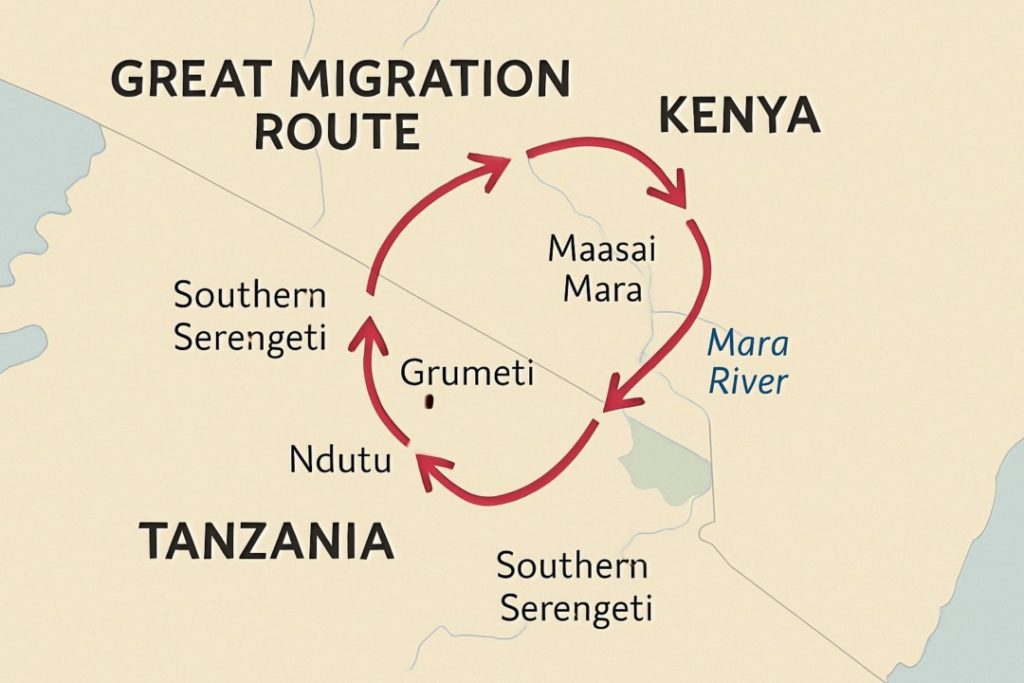
FASCINATING GEOGRAPHY FOR YOUR INNER NERD
The Maasai Mara National Reserve, covering around 1,510 km² in Narok County, Kenya, forms the northern tip of the Mara–Serengeti ecosystem—one of the most extensive continuous wildlife realms on Earth. This transboundary ecosystem extends beyond national lines into Tanzania’s Serengeti, marrying shared landscapes with shared conservation values.
Geographically, the Mara is defined by broad, undulating grasslands dotted with acacia trees, splayed out like a spotted canvas—the meaning of “Mara” in the Maa language. Three lifelines—the Mara, Talek, and Sand rivers—carve through this terrain, nurturing wildlife even in the driest months. Rising to the west, the Esoit (Siria) Escarpment presents a dramatic edge of the Great Rift Valley, imprinting the land with tectonic scars and geological wonder.
For geography buffs, the Maasai Mara is a lab in motion. Biodiversity is rich—over 95 mammal species and more than 500 bird species populate the plains. Conservancies follow innovative models: in Olare Motorogi, Maasai lease land for tourism, retain ownership, and reinvest in anti-poaching and habitat restoration—elevating eco-tourism to participatory conservation.
Recent concerns about overtourism and infrastructure pressure have led to a municipality moratorium on new developments until 2032, aiming to balance tourism growth with ecological integrity. These dynamics offer thoughtful travelers a deeper lens into policy, environment, and economic sustainability.
THE GREAT RIFT VALLEY

The Great Rift Valley is more than a geographic feature; it’s a narrative of tectonic tension, volcanic eruptions, and geological grandeur. Stretching over 6,000 km from Ethiopia’s Afar region to Mozambique, this continental rift system shapes Kenyan landscapes, including the western boundary of the Maasai Mara.
This geological chasm, formed some 25–40 million years ago, forms escarpments, valley floors, and mineral-rich lakes, a living classroom of earth sciences. Here, geography enthusiasts can trace the history of plate separation, study soil formation patterns, or observe how elevation shapes climate and vegetation gradients across the plains.
PLANNING YOUR TRIP TO MASAI MARA FROM INDIA
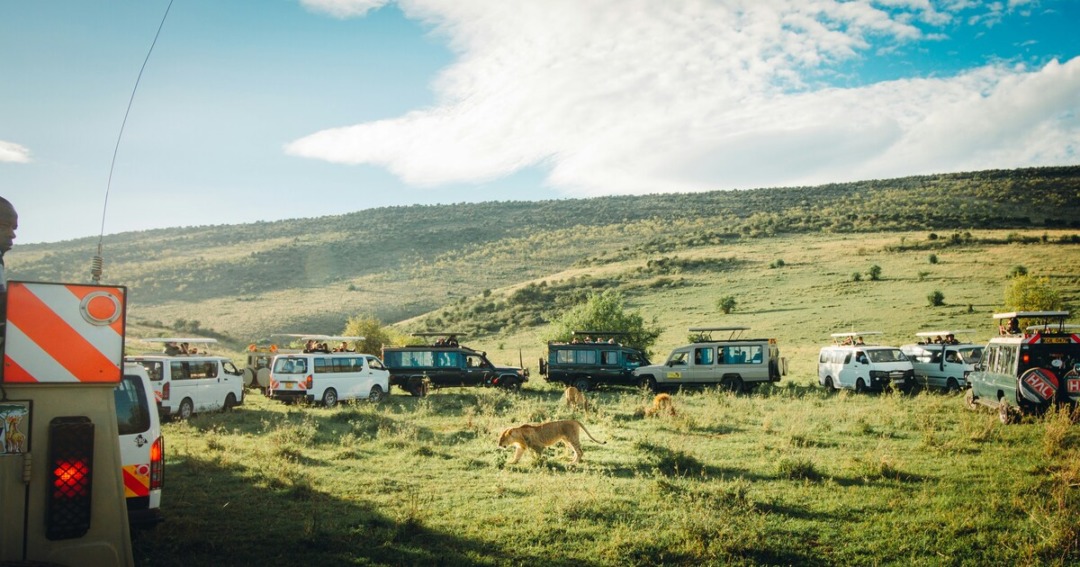
Planning a Masai Mara adventure from India means piecing together flights, understanding the rhythms of the wild, handling formalities, and deciding how you’ll reach the reserve itself.
Flights:
You can fly from major Indian hubs like Delhi, Mumbai, and Bangalore to Nairobi, either directly or with one stop. If booked in advance, round-trip fares usually range between ₹30,000–50,000. From Nairobi, you have two main options to reach the Masai Mara:
- Fly-in Safari: A quick, scenic 45–60 minute flight from Wilson Airport to an airstrip near your lodge.
- Road Transfer: A 4–7 hour drive through the Great Rift Valley, offering dramatic landscapes and local village views.
Visa & Entry Requirements:
Indian citizens no longer require a traditional visa. Instead, apply for Kenya’s Electronic Travel Authorization (eTA) online (USD 32.50, single-entry, valid for up to 90 days). The process is fully digital—apply at least two weeks before departure, and carry printed confirmation along with hotel bookings. Always use the official government website to avoid scams.
Health & Safety:
- Mandatory Vaccines: Yellow Fever and Polio vaccinations are required by most airlines and immigration officials. Take them at least 10 days before travel for full effectiveness.
- Recommended Precautions: Malaria prophylaxis, staying hydrated, and using sun protection are essential.
- Insurance: Opt for travel insurance that covers medical evacuation, as it can be a lifesaver in remote safari areas.
On-the-Ground Etiquette & Safety:
- Be cautious of tourist scams, especially those offering “express” eTA services for inflated fees.
- Respect Maasai traditions—ask before taking photographs and choose cultural experiences that support local communities with fair compensation.
With proper preparation and respect for both nature and culture, your journey from India to the Masai Mara can be as seamless as it is unforgettable.
BUDGET BREAKDOWN FOR MASAI MARA
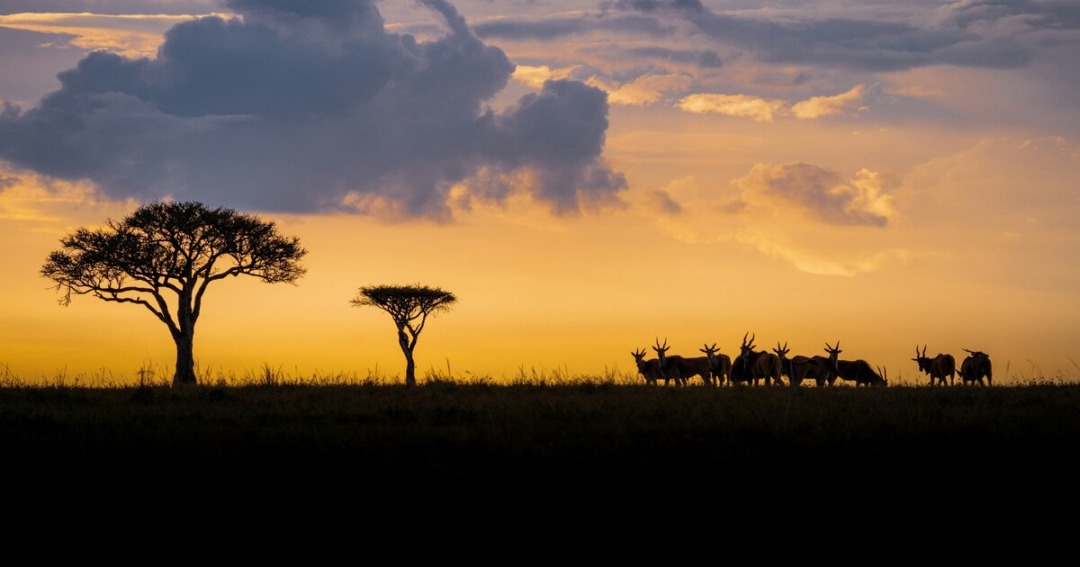
Masai Mara trip cost can range anywhere from INR 2 Lac to INR 8 Lac.. Let’s break down the Masai Mara packages that most places offer:
1. Accommodation (per night, per person)
Budget: $30 – $80 (hostels, basic camps, budget lodges)
Mid-range: $100 – $250 (comfortable tented camps, mid-range lodges)
Luxury: $300 – $1,000+ (high-end luxury lodges, all-inclusive resorts with game drives)
2. Park Fees (per day)
Non-residents: $80 (adults), $45 (children under 12)
Residents/East African citizens: Much lower (~$12 – $30 depending on category)
3. Transport
By Road: $50 – $100 (shared van from Nairobi, one-way) / $200 – $400 for private 4×4 hire per day (includes driver-guide)
By Air: $200 – $300 (one-way domestic flight from Nairobi to Masai Mara airstrips)
4. Game Drives
Usually included in mid-range and luxury packages
If booked separately: $50 – $150 per person per drive, depending on vehicle and guide quality
5. Meals
Budget: $10 – $20/day (if self-catering or local eateries)
Mid-range & Luxury: Often included in accommodation cost; otherwise $25 – $50 per meal
6. Extra Activities
Cultural visit to Maasai village: $20 – $50
Hot air balloon safari: $450 – $550 per person (includes champagne breakfast)
Night game drive: $80 – $150 per person
7. Miscellaneous
Travel insurance: $30 – $80 for a short trip
Tips: $5 – $20/day for guides & staff
Souvenirs: $10 – $100+ depending on purchases
BASIC SAMPLE ITINERARY FOR MASAI MARA
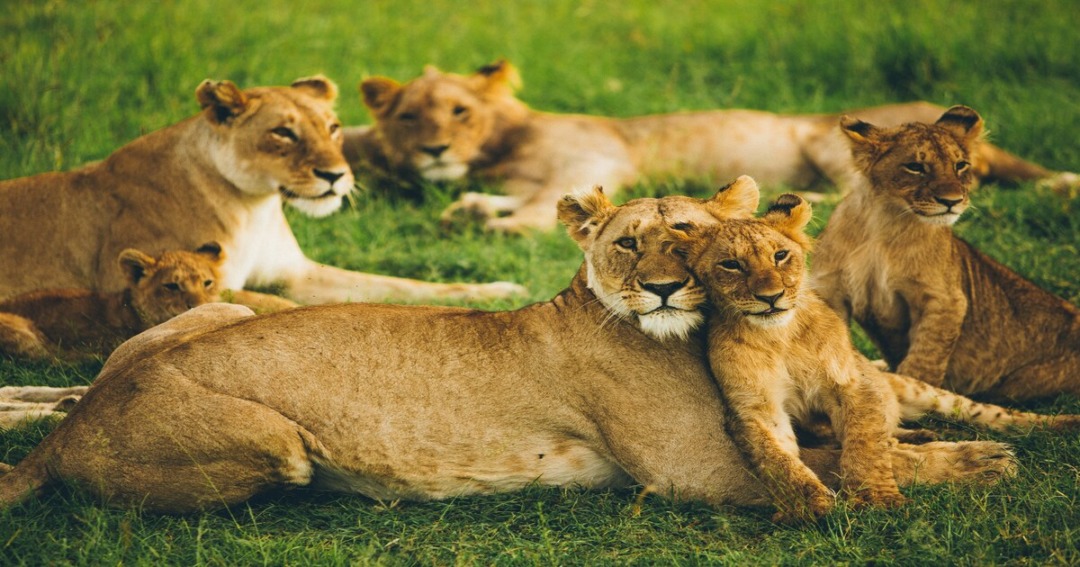
The best time to visit Masai Mara 2025 begins when you say yes, also we’d say July-October is cool.
3-Day Safari
- Day 1: Arrive at Masai Mara, afternoon game drive.
- Day 2: Full-day safari with a packed lunch in the bush, sunset drive.
- Day 3: Morning drive, cultural visit to Maasai village, return to Nairobi.
5-Day Safari (Including Serengeti)
- Day 1–2: Masai Mara game drives and river crossing viewing.
- Day 3: Drive or fly to Serengeti via the Isebania border, afternoon game drive.
- Day 4: Full-day Serengeti safari.
- Day 5: Return to Nairobi or Arusha.
Mixing Game Drives, Culture & Downtime
- Plan early morning and late afternoon drives when wildlife is most active.
- Include one midday cultural or walking safari experience.
- Reserve at least one afternoon at your camp/lodge to relax and enjoy the surroundings.
WHEN IN THE WILD: PHOTOGRAPHY TIPS
Best Camera Gear for Safaris
- A DSLR or mirrorless camera with a fast, long zoom lens (100–400mm or 200–600mm) is ideal.
- Bring extra batteries and high-speed memory cards as charging points can be scarce in remote camps.
- For beginners, a bridge camera with at least 20x optical zoom can still capture fantastic shots.
Golden Hour Timing in the Mara
- Morning golden hour: ~6:15–7:30 AM — softer light, active predators returning from hunts.
- Evening golden hour: ~5:30–6:45 PM — warm glow over grasslands, perfect for silhouettes and dramatic skies.
Ethical Wildlife Photography
- Keep a safe distance- let your guide position the vehicle rather than inching too close.
- Avoid flash photography as it can startle animals.
- Don’t bait, call, or interfere with wildlife behavior just to get a shot.
PACKING LIST FOR MASAI MARA
Clothing by Season
- Dry season (June–Oct): Light, breathable layers for day; warm jacket for chilly dawn drives.
- Wet season (Nov–May): Waterproof jacket, quick-dry trousers, closed shoes.
Safari Essentials
- Binoculars (8×42 is a sweet spot for clarity and weight)
- Insect repellent (DEET-based for malaria risk areas)
- Power bank & universal plug adapter
- Sunglasses, sunscreen (SPF 50+), lip balm
- Reusable water bottle
Travel Documents Checklist
- Printed Kenya eTA confirmation & passport (valid 6+ months)
- Vaccination certificates (Yellow Fever, Polio)
- Copies of travel insurance & emergency contacts
CONCLUDING MASAI MARA ADVENTURES
Masai Mara isn’t just a destination, it’s a once-in-a-lifetime experience. From witnessing the Great Migration to spotting the Big Five in their natural habitat, every moment here is raw, real, and unforgettable. If Africa’s wild heart is calling you, don’t just dream it – plan it. And when you do, let Explurger be your travel companion to track your journey, share every breathtaking sight, and connect with other explorers who’ve felt the magic too. Your adventure starts the moment you say yes.
Download Explurger Now- Link

